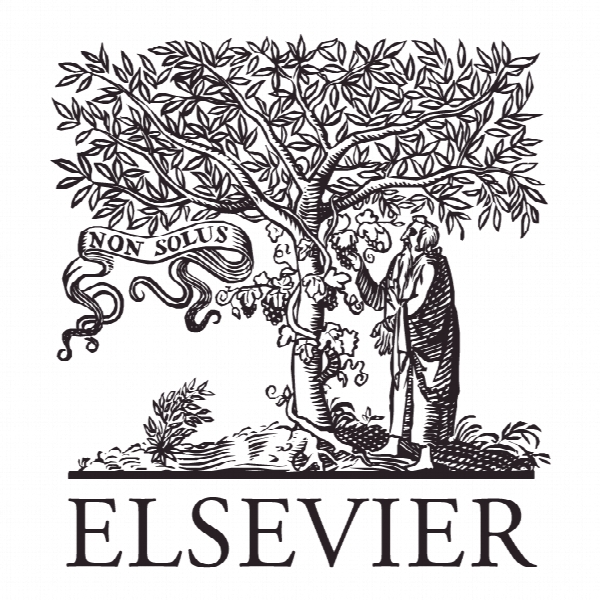روایات مشاوره شغلی: داستان زندگی من و روایت های تصویری Creative writing for life design: Reflexivity, metaphor and change processes through narrative
- نوع فایل : کتاب
- زبان : انگلیسی
- ناشر : Elsevier
- چاپ و سال / کشور: 2017
توضیحات
رشته های مرتبط علوم اجتماعی و روانشناسی
مجله رفتار حرفه ای – Journal of Vocational Behavior
دانشگاه علوم اعصاب لاهه، هلند
نشریه نشریه الزویر
مجله رفتار حرفه ای – Journal of Vocational Behavior
دانشگاه علوم اعصاب لاهه، هلند
نشریه نشریه الزویر
Description
1. Introduction In response to a rapidly changing, increasingly insecure and complex labor market, career counselors and researchers are developing methods that can meet the needs of individuals who would navigate this new terrain. In the last two or three decades, narrative career counseling practices (Cochran, 1997; McMahon & Watson, 2012; Reid & West, 2011; Savickas, 2012) have been developed to promote career adaptability (Savickas, 2011b) and career resilience (Lyons, Schweitzer, & Ng, 2015). Narrative counseling (i.e. career construction) is founded on the idea that in order to survive and thrive on the labor market of the 21st century, individuals must reflexively construct their identities in a process of meaning making, where identity is co-constructed in the form of a narrative: a story about one who one is that provides both meaning and direction (Wijers & Meijers, 1996). Perhaps the most well-known and elaborated narrative theory and approach is the Career Construction Theory (Savickas, 2005). The idea behind this theory is that individuals attribute meaning to their vocational behavior and that this meaning “is held in implicit themes that weave through explicit plots that compose the macronarrative about vocational identity” (Savickas, 2011a, p. 26). The plot and life theme are often about something that feels as if it is missing in life; something that individuals need or for which they yearn. Indeed, the progress from need to goal has the potential to transform an individual because, “career construction relies on the idea that people organize their lives around a problem that preoccupies them and a solution that occupies them” (o.c., p. 32). In practice, career construction knows three parts, “during the first act clients construct their careers though short stories, during the second act practitioners reconstruct the small stories into a large story, and during the third act client and practitioner co-construct a revised identity narrative, new intentions, and possible actions” (o.c., p. 43). However, several things in Career Construction Theory behoove further examination. How for instance does the transformation of feelings into stories take place and how does that process unfold within the individual? What practitioners do is “try to help clients elaborate their statement of a career problem in feeling terms. Career construction practitioners follow the emotions, those feelings that signal to clients that something requires their attention and moves them to seek counseling. (…) Emotions provide the fulcrum for revising the self during counseling. Before meaning may be reorganized and action engaged, feelings must change” (o.c., p. 53). Although the theory explains how strong emotions often surface in the telling of early childhood recollections, it is not clear what elements in the process allow feelings to change and become new understandings. Second, the role that the practitioner plays in the learning process of the client is not entirely clear. In transforming micro-narratives into the macro-narratives the task is “to transform scattered images and emotions into experience vignettes that reflect a clear and coherent theme that others could begin to understand” (o.c., p. 68). In order to be able to do this, practitioners need to have a ‘poetic creativity’ based on intuition and empathy which is needed to embrace a story, allow space for negative sensations, get a sense of the story’s mood, notice the pain and tolerate ambiguity (o.c., p. 69). But, what is this poetic creativity exactly and in what way does this creativity interact with the learning process of the client?


